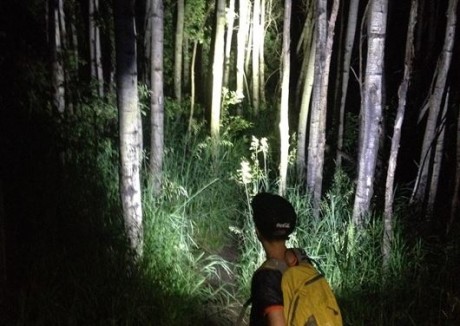The Best Survival Flashlights That Money Can Buy
A very important piece in serious prepper’s survival kit is the flashlight. No one should go without one. If SHTF at some point or another,any old flashlight will do if survival flashlight is not in reach, but nothing can compete with a professional, state of the art lightning gadget

